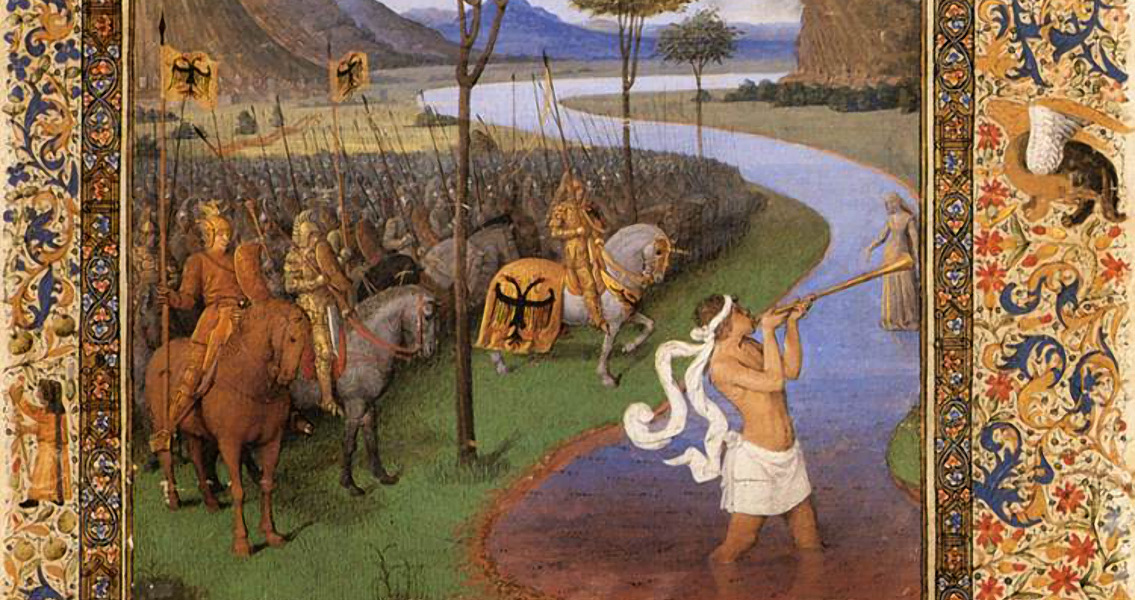<![CDATA[A high-end carpet store in Manhattan could have a unique piece up for sale: a Tudor tapestry which may be a reconstruction of one owned by Henry VIII. According to an article appearing in the New York Post, University of Cambridge professor Mary Beard discovered the tapestry at the Persian Gallery in the midst of her research into images of Julius Caesar. The composition of the tapestry, which features images of the Roman Emperor, matches those that would have been commissioned by the Tudor king during the later years of his reign in the 1500s. Henry VIII commissioned a set of ten of these tapestries, each nine feet tall and depicting the life of the ancient Roman ruler, ostensibly to connect his reign to that of Caesar’s – though seemingly without spending much time thinking of how the emperor came to such a grisly and violent end. Beard says that at the time they were made the tapestries were of immense value to the royal household and would have been its most prized possessions. In fact, in the wake of the execution of Charles I, the tapestries were listed as the second most valuable objects in the entire royal collection during an inventory of the beheaded royal’s property. The original tapestries have long vanished – and the one found in the Manhattan gallery is not one of these originals, the professor remarked. However, the designs used to create the originals were used to reconstruct these tapestries in the late sixteenth century. Many of these tapestries, like the one found in the Persian Gallery, are valued at $50,000 or more based on their age, their condition, and the royal design from which they are copied. If one of the original ten royal tapestries were ever recovered, its value would likely be even more immense, if not incalculable. Beard commented that the designs of these tapestries are intriguing. Pulled from Suetonius’ “Life of Caesar”, the images showcase both the rise and fall of the ruler, up to and including his death at the hands of his assassins in the Senate. The university professor remarked that the idea that the walls of the Tudor king’s palace were adorned with one of the most obvious critiques of autocratic power during the classical period might be high irony indeed, considering the rule of Henry VIII was rife with behavior such as splitting with the Roman Catholic Church in order to create his own, all to facilitate his constant marriages and annulments in search of a bride who would provide him a male heir. The particular tapestry spotted by Beard is 14-foot by 15-foot, created from wool and inlaid with silk, depicting Caesar crossing the Rubicon River, the famous act that marked the point of no return in his successful attempt to seize control from his rivals Pompey and Crassus, the other members of the First Triumvirate. The term “crossing the Rubicon” has since passed into modern parlance, indicating when someone has taken an irrevocable step forward in a serious matter. More information about the discovery, as well as images of the tapestry, can be found on Prof. Beard’s blog: A Don’s Life]]>
Manhattan Carpet Store May be Selling Reconstructed Tudor-Era Carpet
